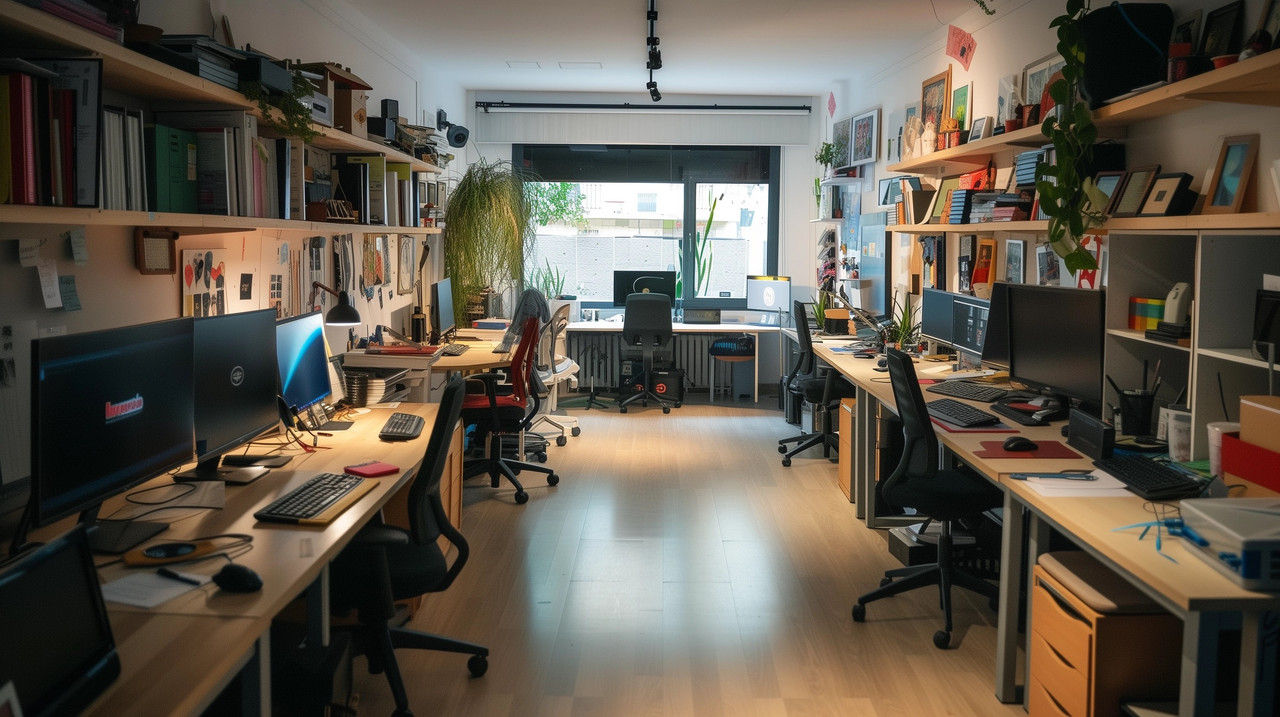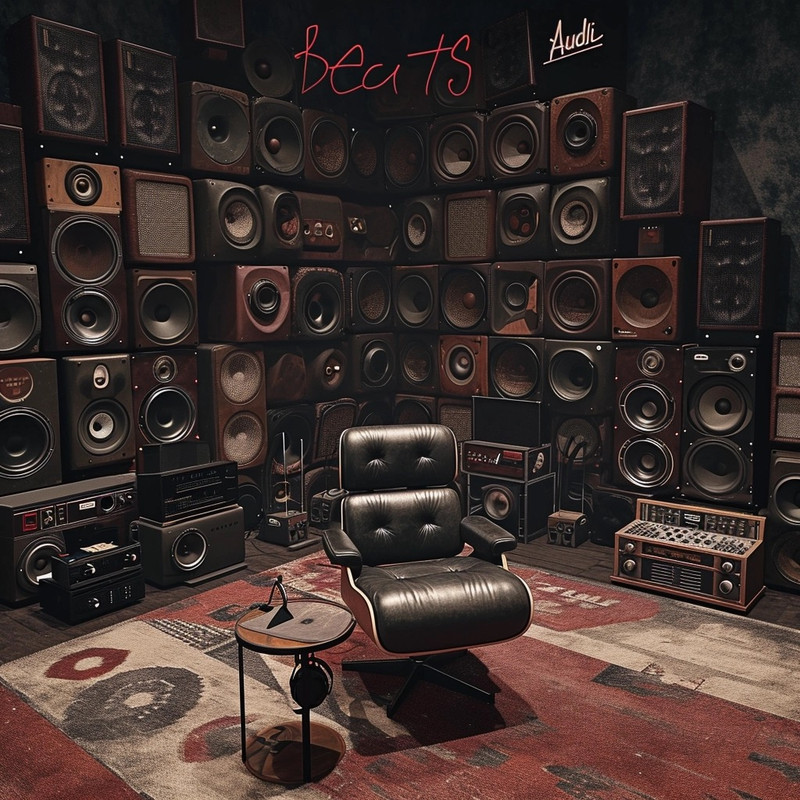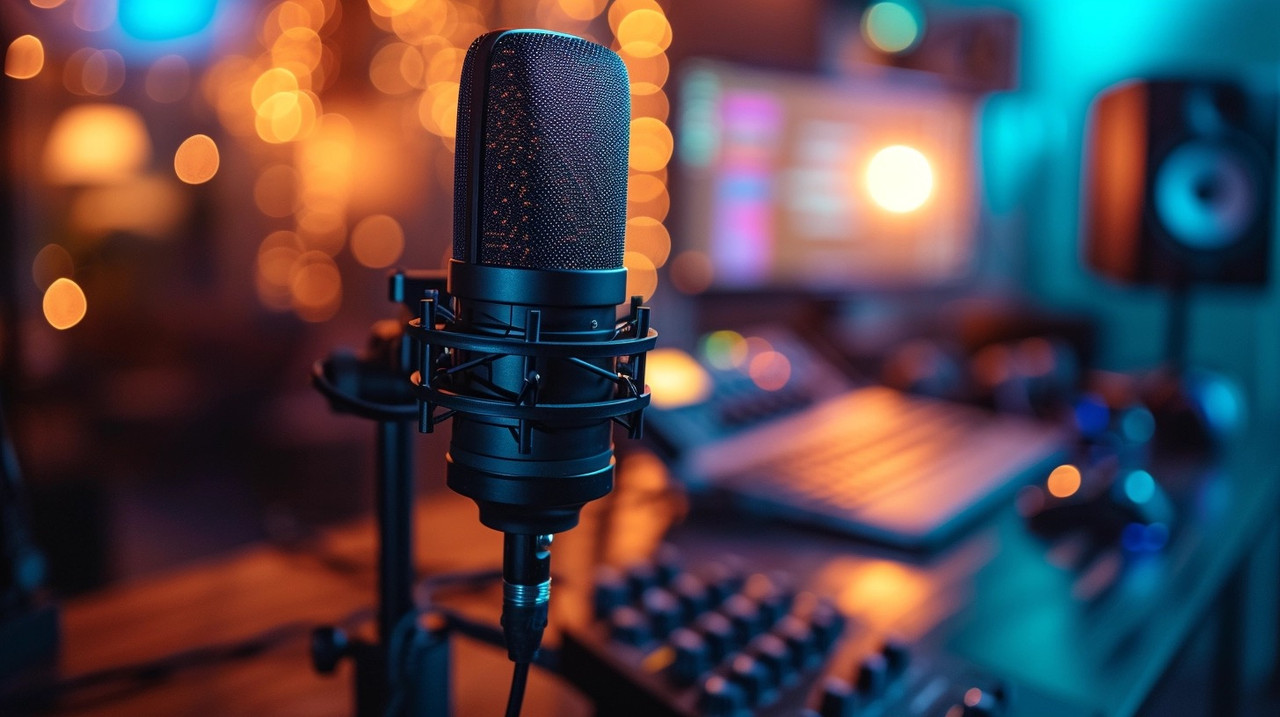

It distributes weight evenly which reduces pressure points and provides support precisely where it is needed. Mixing music for extended periods can be an exhilarating experience, immersing oneself in the creative flow and refining sounds to perfection. Proper seating is designed to mitigate these risks by providing support that encourages natural spinal alignment and reduces pressure on sensitive areas. Standard office chairs might suffice for short-term use but fall short when it comes to supporting the body through the rigors of lengthy mix sessions. Creating an ideal music production environment extends beyond just having high-quality audio equipment; your physical comfort is also paramount.
Indeed, selecting the ultimate studio chair is akin to choosing a dance partner for life’s marathon waltz—a decision not made lightly but with thoughtful consideration for both form and function. Warranty Designers tasked with crafting these pieces must therefore navigate a complex matrix of ergonomics, durability, and visual appeal—a trifecta that does not always align seamlessly. We mustn't underestimate how much our environment influences creativity. Ergonomic chairs encourage a sitting posture that aligns your back, neck, and hips, reducing strain on these areas.
Ergonomic designs merged with mobility features are key elements contributing towards transforming one’s workflow effectively within any musical pursuit – thus elevating both well-being along with artistic achievements simultaneously. Firstly, ergonomics are crucial. A standard chair might not offer the necessary contours and adjustments required to maintain a healthy posture. Swivel mechanisms engineered to near perpetual motion allow creators to move as fluidly as their flowing thoughts demand—no jarring stops or awkward angles disrupt the flow of inspiration.
A striking example is the incorporation of motion technology allowing seats to subtly move with the user, preventing static pressure points and promoting circulation. Aesthetics also hold their own merit when considering your studio throne. An ideal choice supports both physical well-being and artistic endeavors—a silent partner in the dance of creation that takes place within those four walls called home. One exemplary model is the Herman Miller Aeron Chair.
Finally, while budget considerations may play second fiddle in this selection concerto, they cannot be ignored completely. Among these titans of seating, one finds lumbar supports singing in harmony with spines bent over mixing consoles. Initially, one must acknowledge that ergonomics transcends simple cushioning. Moreover, adjustability plays a crucial role in tailoring your sitting experience to perfection. Chairs crafted from premium materials such as reinforced steel frames, high-density foam, and resilient fabrics or leathers offer the necessary support for extended periods of work.
Comfort is subjective; what may feel like sitting on a cloud for one person could be unsupportive for another. Also essential is considering the aesthetic appeal of the chair; after all, it becomes part of your creative space's ambiance. Imagine a chair that doesn't merely exist within the studio but integrates seamlessly into the producer’s workflow. The right studio chair can significantly enhance your productivity and overall experience as you craft your musical masterpieces.
What sets it apart further is its environmentally conscious construction. It would provide incomparable support to the spine with a backrest that contours naturally to the body's curvature, ensuring those marathon mixing sessions don't take a toll on physical wellbeing. A comfortable chair contributes positively to our focus and efficiency. Adjustable in every sense, from armrest height to lumbar support tension, this chair adapts to you rather than demanding your adaptation to it.
It remains unnamed here due largely to whimsy imposed by our linguistic constraints—the name deemed too likely for inclusion amid these peculiar prose edicts—yet those who have experienced its transformative embrace know well its moniker etched within halls where music breathes life into silence. As creators and artisans of the digital world, we often overlook the profound impact that our physical workspace can have on our productivity. Selecting the perfect studio chair is akin to composing a harmonious melody; it requires attention to both comfort and style, ensuring that each element resonates with your personal preferences and workspace needs. ergolab stealth Choosing the perfect studio chair may seem trivial, but it's an essential factor for professionals who spend countless hours refining their craft.
This visual harmony creates an ambiance conducive to uninhibited expression. In selecting such a throne of thoughtfulness, one must prioritize features that may initially seem inconsequential yet play pivotal roles in sustaining creative flow. Firstly, let's address the elephant in the room - not all chairs are created equal when it comes to prolonged sitting. Another key element contributing to its comfort is its environmentally conscious construction. However, ensure the casters are tuned to your floor type; carpet demands different wheels than hardwood.
Incorporating standing desks or sit-stand workstations into one’s environment offers another layer of protection against the perils of sedentary behavior. Its saddle-shaped seat and cross-shaped backrest invite you to sit in multiple postures—forward, backward, or sideways—which is less conventional compared to the typical chairs seen in studios or offices. Thirdly, mobility within the workspace enhances efficiency and keeps creative juices flowing. Now let us muse upon aesthetics—the visual poetry of your workspace can greatly influence creative mood and output.
Beneath this marvel lies a foundation sturdy yet silent: wheels glide across studio floors as if skating on ice untouched by Zamboni's grace. Setting aside time for short breaks where you stand up, stretch out or walk around is crucial for maintaining back health over longer stretches of time. Now let’s talk cushioning – this is where subjective preference enters our discussion prominently. A key element in maintaining focus and inspiration throughout these sessions is the chair you choose to sit in.
Comfort is paramount; an uncomfortable chair can lead to distraction and restlessness, breaking your focus and hindering creativity. While not as advanced as some higher-end models, its simple design coupled with decent build quality makes it suitable for less intense studio environments. Top producers often find themselves glued to their workstations for extended periods, diving deep into the intricacies of mixing and mastering. A headrest promises solace to minds burdened with chords and melodies seeking escape into audial realms.


Prioritizing ergonomics and comfort ensures that you can endure those marathon sessions without sacrificing your physical or mental well-being — allowing creativity to flow unhindered by bodily distractions. This position reduces pressure on the lower back and aids circulation. Moreover, taking short but frequent breaks from sitting can help reset one’s posture and reduce the likelihood of fatigue.
Top-tier studio chairs are engineered utilizing robust materials such as reinforced aluminum frames and resilient mesh or leather upholstery. Consider also mobility; a chair with smooth-rolling casters will let you glide effortlessly from one end of your workspace to another—a tangible metaphor for seamless thought transitions from concept to execution.
Fourthly, durability is crucial since studio chairs are used extensively. Ultimately, aesthetics hold peculiar significance; after all, this chair sits at the heart of creativity's temple—the studio—and its design must inspire.
However, practicality reigns supreme in reality. When discomfort is absent from our seating experience, we can immerse ourselves fully in creative tasks without distraction — an invaluable benefit for anyone dedicated to their craft.
It will result in a composition that may not always make perfect sense or maintain logical coherence, as it deliberately introduces random and potentially unrelated elements into the text. Ergonomics and comfort aren't mere luxuries; they're necessities for maintaining focus and preventing long-term health issues. Musicians should have access to comfortable seating adjusted specifically for their posture and instrument positioning, reducing physical strain over prolonged periods.
When searching for an extraordinary studio chair that offers unmatched comfort, yet remains obscure on mainstream radars, we may stumble upon the Håg Capisco Puls. A poorly designed chair can lead to discomfort, fatigue, and even chronic pain over time.
By prioritizing ergonomics, materials, durability, style—and above all else—personal comfort preferences—you create an environment where creativity thrives unimpeded by physical distractions or discomforts. This could make the text sound quirky or nonsensical, but here's an attempt:In a realm where melodies intertwine with technology, the unsung throne beneath the maestro often escapes limelight—yet its significance cannot be overstated.
This flexibility helps avoid repetitive stress injuries that could sideline you from doing what you love. A producer spends countless hours nestled within their chair, engaged in the art of sound manipulation.

Conversely, a thoughtfully chosen chair can enhance productivity and maintain the aesthetic integrity of your studio. Whether opting for industry staples like Herman Miller or Steelcase or going for more budget-friendly yet reliable options such as IKEA's offerings or gaming-oriented seats like those from Secretlab and DXRacer - there exists an array of choices designed to meet various needs while promising longevity. Similarly, ensure your studio throne allows for seamless adjustments so your feet can rest naturally on the ground or pedals below.
The design of the chair should support your body's natural posture, reducing strain on your back, neck, and limbs. Moreover, mobility is another important feature of a good studio chair.
Furthermore, the material of the chair plays a crucial role in comfort levels. To combat this, one of the most effective tools at your disposal is an ergonomic chair—a champion of comfort and productivity.
Choosing one of these chairs means investing in yourself and your craft. The backbone of any good studio chair is its lumbar support.
The material of the chair also plays into space efficiency. In small spaces, armless designs or those with flip-up arms offer flexibility; they tuck neatly under desks when not in use. It's about fostering an environment ripe for artistic expression while mitigating potential distractions or discomforts that could mar the creative process—truly an industry secret worth its weight in gold records. Investing in a high-quality model made from robust materials will save money in the long run as it won't require frequent replacements due to wear and tear.
It's also about ensuring that you, as an artist or producer, are working in a comfortable environment that fosters creativity and productivity. The throne for any serious producer isn't just about physical ease—it must also inspire confidence and enhance focus. Durability is another essential attribute since music production can sometimes be a vigorous activity filled with moments of excitement and intense focus.
By investing wisely in durable seating solutions today, musicians can secure their comfort and focus on what truly matters: creating great music without interruption due to faulty furniture tomorrow. A chair too rigid might impede movement; one too soft could lead to poor posture and subsequent discomfort or even injury over time. In conclusion, selecting a music studio chair that exemplifies durability and build quality is essential for any professional working space.
Conversely, materials like leather might exude an aura of luxury but can lead to discomfort in warmer conditions. Sustainability isn't an afterthought but an intrinsic characteristic woven into each fiber and bolt—recycled materials are employed without compromising strength or elegance. Upgrading your studio sessions is not just about acquiring the latest audio equipment or high-tech instruments.
Yes, you can enjoy EDM (Electronic Dance Music) without drugs. Many people appreciate the genre for its energetic beats, complex layers, and the way it can evoke emotions or create a vibrant atmosphere, all without the need for substance use. Enjoyment of music is highly subjective and can be deeply personal, relying more on individual taste and the connection one feels with the music rather than external influences like drugs.
People like Secretlab chairs because they offer a combination of ergonomic design, high-quality materials, and durability, which enhances comfort and support during long periods of sitting. Additionally, Secretlab chairs are known for their wide range of customization options, including different models, colors, and themed designs, appealing to personal tastes and the aesthetic of gaming or work setups. This blend of comfort, style, and personalization makes them a popular choice among gamers, office workers, and anyone looking for a premium seating experience.
Yes, Secretlab chairs can get softer over time as the padding materials, such as cold-cure foam, tend to break in and conform to the user's body shape with regular use. This process can enhance comfort as the chair becomes more tailored to the individual's seating preferences. However, the overall durability and support structure of the chair are designed to maintain their integrity, ensuring the chair remains supportive and comfortable for years.